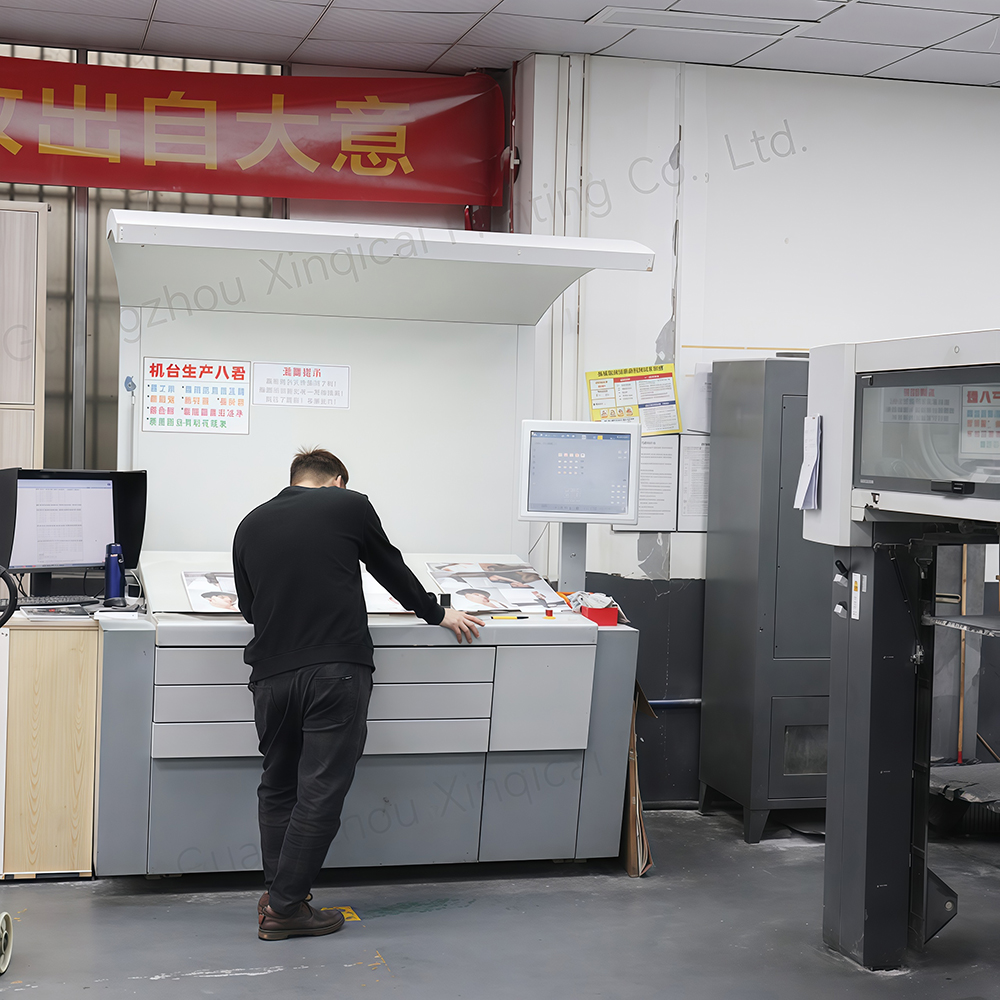During every training session, we deliberately ask printing press managers: If your three presses were to print the same order simultaneously, would they be able to produce identical colors? The vast majority would shake their heads, saying it's unlikely. When asked why, they all said the machines were of varying ages and conditions, making it impossible for them to produce identical results. Then, if three external printing shops were to print the same order, would you tell the customer, "Sorry, the equipment is in different conditions, so the colors may vary." Do you think the customer would accept that? The bottom line is, the customer will only accept the product if all three presses produce the same color, right?

The key is that each shop's equipment is of different makes, ages, conditions, and materials. How can they achieve consistent results? This is a topic worth exploring.
For years, companies that prioritize their brand image have struggled with inconsistent or inconsistent color and quality when printing their packaging products at different printers. Printers themselves have struggled to find effective solutions. Therefore, PSA has been committed to promoting standardization. We believe this is the key to achieving consistent color across multiple printers within a factory, and it is also the foundation for effective color management.
For ten printing presses or ten printing plants to produce consistent color and quality, they must adhere to the following ten conditions:
1. Identical prepress color processing mode
2. Identical screening conditions
3. Similar paper properties
4. Similar ink hue and characteristics
5. Consistent print chroma/density
6. Similar print dot gain
7. Similar ink trapping
8. Similar print gray balance
9. Identical equipment and settings
10. Consistent color viewing light source and environment
The above ten conditions can be considered ten standards. These can be developed based on international or national standards, or you can establish your own standards based on your own needs. With these standards, all ten plants can adhere to the same standards and processes, ultimately producing consistent results. For many years, the concept of color matching has been to obtain a customer's color sample and then strive to match it. If the customer's sample uses completely different inks than yours, you're lucky if you can match it; if you can't, it's unavoidable. If you don't seek change, you'll still be stuck in the same old situation for another hundred years. If everyone prints to the same standards, achieving consistent color becomes much easier, which is a boon for the entire printing industry!
To effectively achieve the desired consistency, two crucial conditions must be considered:
1. The printing press must be in good registration. Register stability between printing units is crucial and directly affects dot ghosting. If registration is unstable, the ink of the preceding color will overlap on all the backing blankets as it passes through the paper, causing ghosting and making color consistency and stability difficult.
2. Printing to the same density is not difficult between different brands of printing presses; however, the most likely difference between presses is dot gain. Even with the same printing plate and the same solid density, different dot gain can still produce different colors. If a certain dot gain standard is established, two presses can simply compensate for the dot gain, ensuring that they produce the same dot, resulting in similar colors. Therefore, seamless coordination between prepress and printing is a crucial condition and technique for achieving consistent color across multiple presses.

